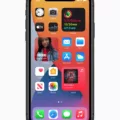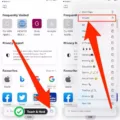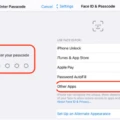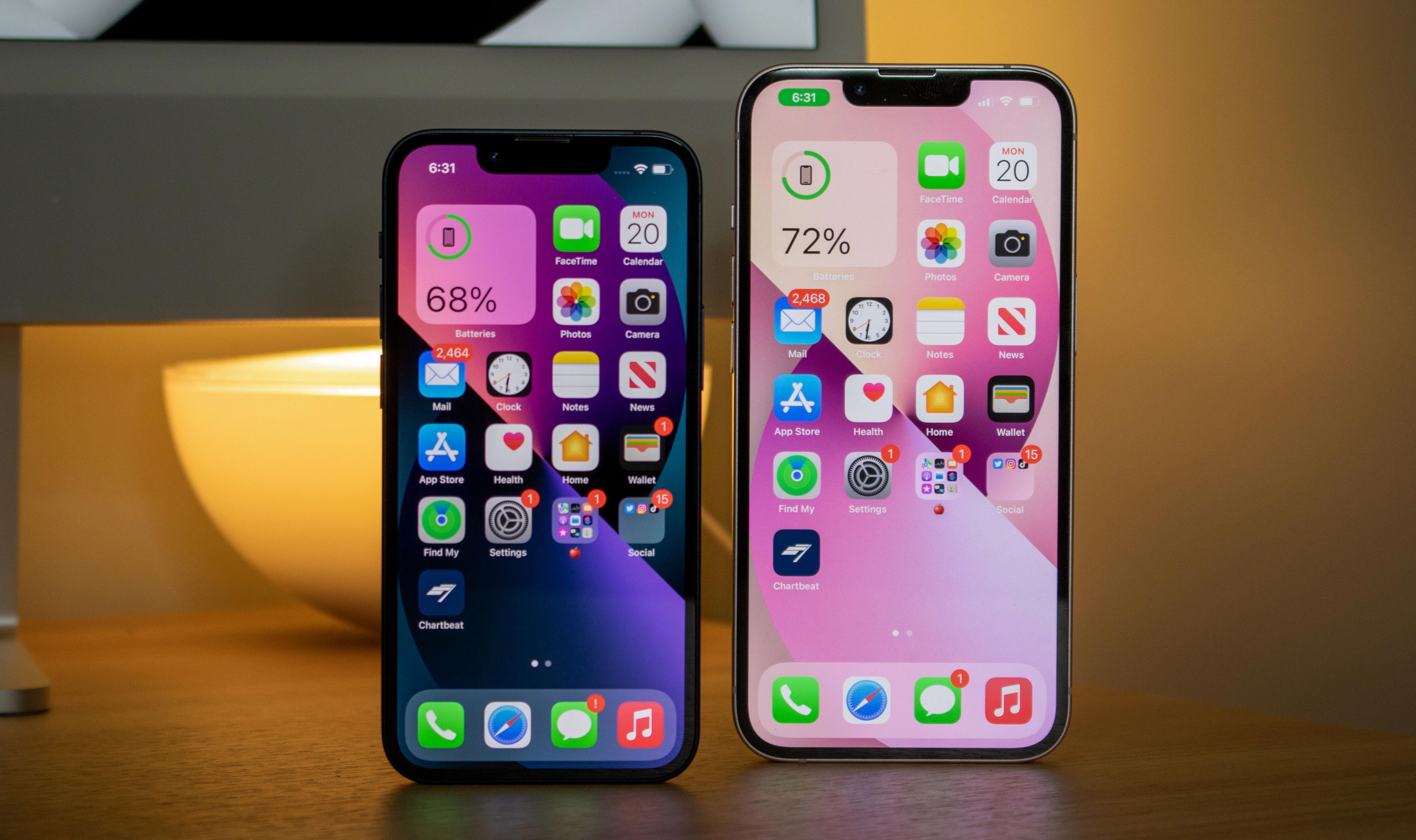Text Messages are a convenient and popular means of communication in today’s digital age. However, it can be a bit intrusive and distracting when text message notifications continuously pop up on your home screen. Fortunately, there are simple steps you can take to prevent these notifications from appearing and enjoy a more uninterrupted mobile experience.
If you are an Android user, follow these steps to stop text messages from appearing on your home screen:
1. Open your phone’s Settings app. This can usually be found in your app drawer or by swiping down from the top of your screen and tapping on the gear icon.
2. Scroll down and tap on “Apps & notifications.”
3. Next, tap on “Notifications.”
4. Under the “Lock screen” section, you will find the option “Notifications on lock screen” or “On lock screen.” Tap on it.
5. Here, you can choose the option “Don’t show notifications” to prevent text message notifications from appearing on your lock screen.
For iPhone users, the process is slightly different. To change message notifications on your iPhone, follow these steps:
1. Go to your iPhone’s Settings app.
2. Scroll down and tap on “Notifications.”
3. Find and tap on “Messages.”
4. Within the Messages settings, you have various options to customize your message notifications. For example, you can turn on or off the option for “Allow Notifications” and “Immediate delivery for Time Sensitive Notifications.”
5. Additionally, you can adjust the position, locations, style, and sounds for your message alerts to suit your preferences.
By following these simple steps, you can easily stop text messages from appearing on your home screen, allowing you to focus on your tasks without constant distractions. It gives you the freedom to access your messages at your convenience, rather than being interrupted every time a new text comes in.
Remember, these steps may vary slightly depending on your device and operating system version. If you encounter any difficulties or have specific questions, it is always best to refer to your device manufacturer’s instructions or contact their customer support for further assistance.
Managing text message notifications is a great way to maintain a more focused and uninterrupted mobile experience. Whether you are an Android or iPhone user, the steps provided above will help you stop text messages from appearing on your home screen. Take control of your notifications and enjoy a more peaceful digital environment.
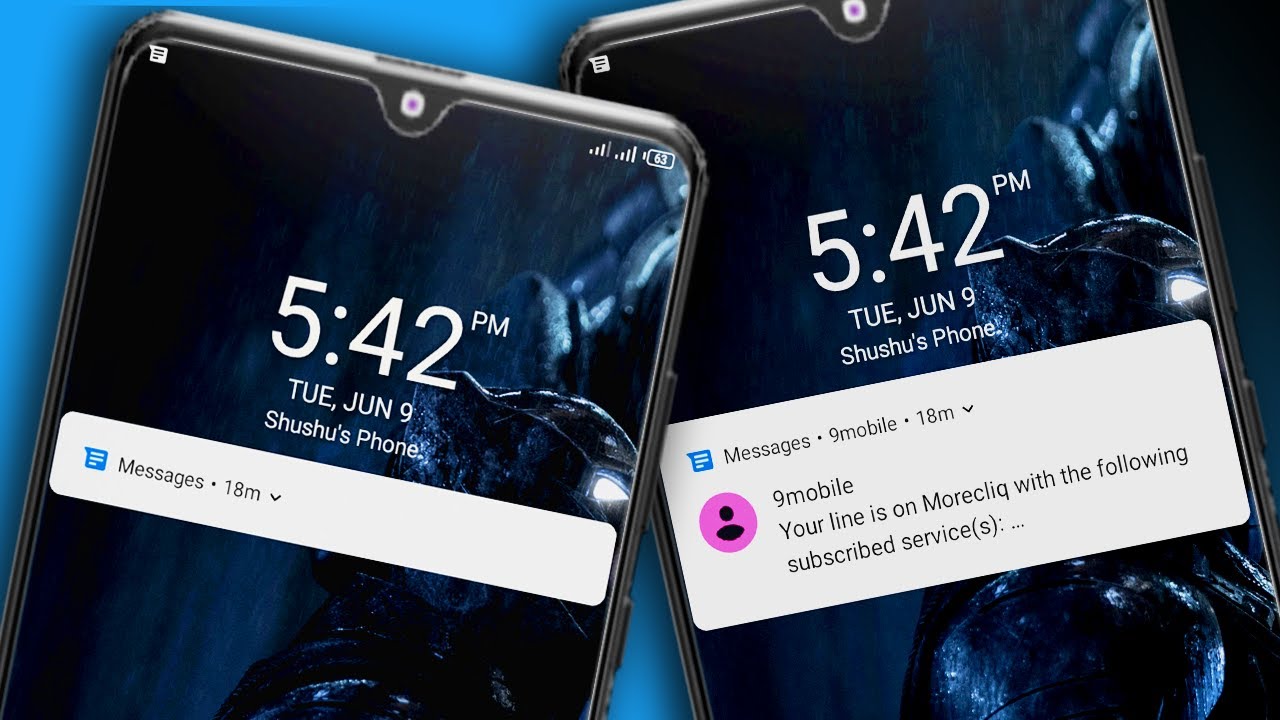
How Do You Stop Text Messages From Showing On Your Lock Screen?
To prevent text messages from appearing on your Lock screen, you will need to adjust the notification settings on your device. Here is a step-by-step guide:
1. Open the Settings app on your phone.
2. Scroll down and tap on “Apps & notifications.”
3. Select “Notifications.”
4. Look for the section labeled “Lock screen” and tap on it.
5. Within the Lock screen settings, locate the option that says “Notifications on lock screen” or similar.
6. Tap on this option to change the settings.
7. You will be presented with different choices. Choose “Don’t show notifications” to completely hide text message notifications from your Lock screen.
8. Once you have made the selection, the changes will be applied automatically.
By following these steps, you will effectively stop text messages from appearing on your Lock screen. Remember to check your device manufacturer’s instructions if the steps mentioned above don’t align exactly with your phone’s settings.
I hope this helps! Let me know if you need further assistance.
How Do You Stop Your iPhone Screen From Showing Text Messages?
To stop your iPhone screen from showing text messages, you can follow these steps:
1. Open the “Settings” app on your iPhone.
2. Scroll down and tap on “Notifications”.
3. From the list of apps, find and tap on “Messages”.
4. Here, you have several options to customize how messages are displayed on your screen.
– To completely turn off message notifications, toggle off the “Allow Notifications” option at the top.
– If you still want to receive notifications but don’t want them to appear on your lock screen or as banners, you can choose the “None” option under the “Alert Style When Unlocked” and “Show Previews” sections.
– If you want to keep receiving notifications but want them to be less intrusive, you can select the “Banners” or “Alerts” option under the “Alert Style When Unlocked” section.
– You can also change the position of the message alerts by selecting either “Temporary” or “Persistent” under the “Notification Grouping” section.
– To change the sound that plays when you receive a message, tap on “Sounds” and choose a different sound from the list.
By adjusting these settings, you can customize how your iPhone handles message notifications and prevent them from appearing on your screen if desired.
Conclusion
Managing text message notifications on your smartphone is a crucial aspect of maintaining privacy and controlling the flow of information. By following the steps provided, you can easily customize your notification settings to meet your preferences and needs.
On Android devices, accessing the Settings app and navigating to the Notifications section allows you to modify how notifications appear on your lock screen. By choosing to either show or not show notifications on the lock screen, you can ensure that your messages remain private when your phone is not in use.
On iPhones, accessing the Settings app and selecting the Notifications option enables you to personalize your message notifications. You can choose to allow or disable notifications and immediate delivery for time-sensitive notifications. Additionally, you have the freedom to customize the position, style, sounds, and locations for alerts.
By taking control of your text message notifications, you can optimize your smartphone experience and ensure that you receive important messages promptly while maintaining your privacy. For further assistance or specific guidance, it is recommended to contact your device manufacturer for more information.



